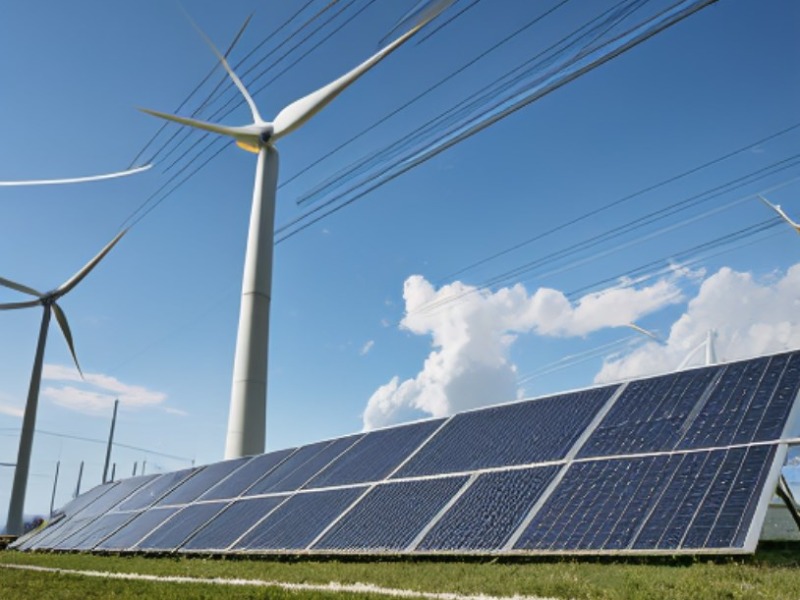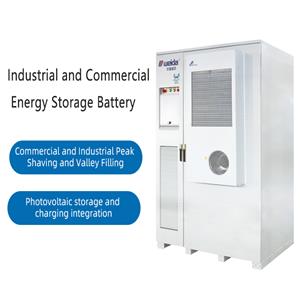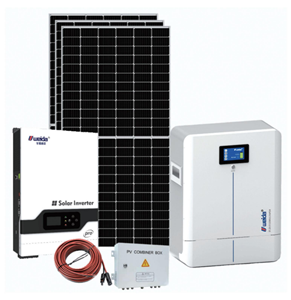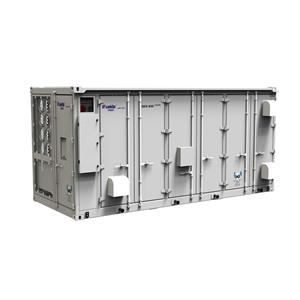Your household electricity bill is being rewritten by energy storage
‘Daytime rates at 1.5 yuan per kilowatt-hour, night-time rates just 30 cents? Installing an energy storage cabinet is like picking up money every day!’ Mr Li, a factory owner in Foshan, Guangdong, has done the maths: after installing a 500kWh storage system in his workshop, his monthly electricity bill has dropped by 23,000 yuan. This is no isolated case. In the first half of 2025, China's new energy storage installations surged by 115%. Globally, nine out of every ten energy storage batteries originate from China. Today, energy storage has evolved beyond a mere ‘technical concept’ into a tangible ‘energy steward’.
Three technological revolutions: transforming energy storage from a “luxury item” into an “everyday necessity”
Historically shunned for its “high cost, low efficiency, and vulnerability to high temperatures”, energy storage has been revolutionised by “large-capacity, large-string, liquid-cooled” technologies:
Battery cells have grown: much like mobile phone batteries upgrading from 1000mAh to 5000mAh, energy storage cells have leapt from 320Ah to 587Ah. This has reduced the size of 20-foot container battery modules by 35% and slashed costs by 20%. HaiCheng Energy Storage's 1175Ah cell achieved a 48% increase in full-lifecycle energy output in a Saudi project, boosting the return on investment by 5 percentage points. Put simply, where 100kWh of storage once occupied half a garage, the same space now holds 125kWh at a 20% lower cost.

Architectural ‘upgrade’: Traditional systems resemble ‘small pipes joined to form large pipes’. The new ‘large string high-voltage’ technology eliminates transformers, boosting efficiency by 6%. At Jiangsu Binhai's 200MW power station, back-loop losses dropped by 90%, yielding an extra ¥3 million annually. Huaneng's Hainan project deployed six units to handle work previously requiring 85 inverters, cutting construction time by 40%. Grid peak regulation now responds within 10 milliseconds – five times faster than conventional systems – preventing peak-hour blackouts.
Liquid cooling ‘tempering’: Liquid cooling acts like installing a ‘central air conditioning system’ for batteries, with thermal conductivity 20 times that of air. Temperature variation is controlled within ±3°C (traditional air cooling exceeds ±7°C). By 2025, liquid cooling penetration will surge to 45%, with over 70% adoption in GW-scale projects. It operates stably even in the Middle East's 60°C heat, boasts a lifespan exceeding 11,000 cycles, and resolves challenges in high-temperature and high-altitude environments.

Real-world case studies: Energy storage cost-saving strategies across scenarios
Commercial & industrial: Changzhou Wujin Industrial Park deployed 1.61 MW photovoltaics + storage, achieving annual savings of ¥5.27 million while reducing carbon emissions by 7,585 tonnes. A Nanjing hotel integrated 9MW/18MW storage, saving ¥3.67 million in annual electricity costs. Residential Applications: A Foshan household with 3kW PV + 5kWh storage charges during daylight hours to power electric vehicles at night, saving £3,000 annually on transport costs while earning £800 from surplus electricity sales. Shanxi's ‘PV + sodium-ion battery’ solution operates reliably at -20°C, achieving payback within six years. In specialised applications, Tencent's Huailai data centre achieves ‘zero power outages’ through energy storage, saving £3.5 million annually. China Mobile's remote base stations extend operational endurance from 4 to 12 hours, reducing maintenance costs by 40%.
2025 Industry Entry Guide: 3 Pitfall-Avoiding Essentials
Opt for lithium iron phosphate batteries (dominating 92.6% of the market at 0.8-1.2 yuan/Wh, offering superior durability); Monitor peak-off-peak price differentials (e.g., Guangdong's peak rates at 1.5 yuan/kWh versus off-peak rates of mere pennies, where significant differentials accelerate payback); Prioritise liquid cooling (opt for liquid cooling in southern heat, or frost-resistant sodium batteries in northern cold to avoid ‘summer shutdowns and winter outages’).
Technological advancements have reduced energy storage investment payback periods from 8–10 years to 5–7 years. From factory workshops to domestic balconies, energy storage is reshaping energy dynamics — your rooftop or factory's unused space could well be the next ‘energy goldmine’.



